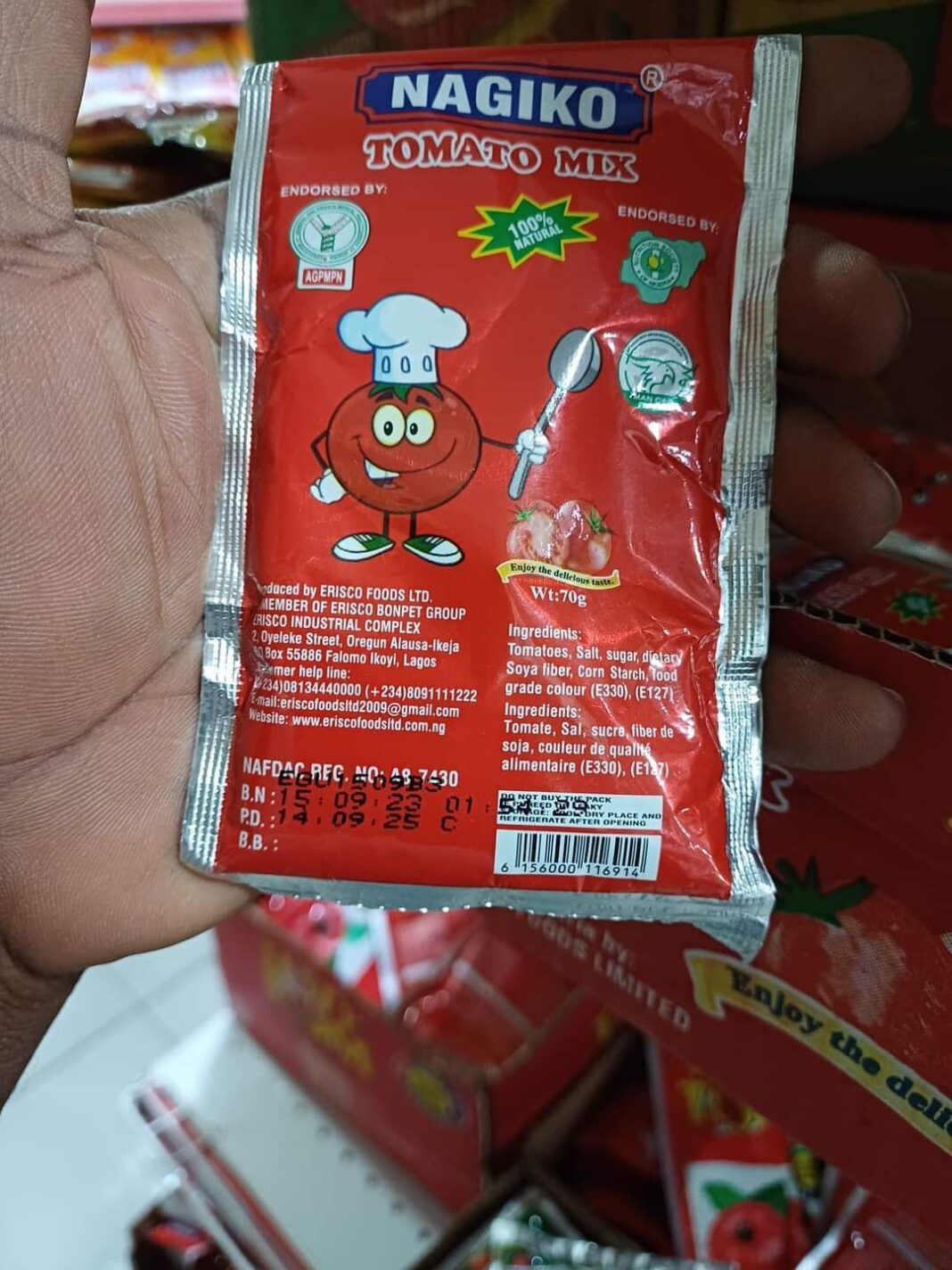Recently, I have read people arguing against merchants that arbitrarily increase the cost of their products, which they bought cheaper than the current prices.
Some traders also jump in the euphoria that they have made more profit by increasing the margin of their sales during this period of hyperinflation.
Both parties may have ignored the impact of the REPLACEMENT COST of the products in question. And that is the tricky part when inflation hits below the belt.
Replacement cost is indeed a crucial concept in accounting and economics. It represents the total amount required to replace an existing product at the current market value.
This valuation method considers the product’s current value rather than its historical cost.
To simplify this, if I purchased a bag of Rice at N40,000 a few weeks ago and add my usual 10% profit margin, which translates to N4,000, whereas the current price of Rice from my suppliers is now N50,000 per bag, the replacement cost will require me to add N6,000 per bag if I have to restock the rice, thus eroding my capital. To actually make a profit and stay in business, I have to set my new price at N55,000, representing my 10% profit and replacement cost.
Several factors can influence the replacement cost of a product, like inflation, exchange rate, supply and demand dynamics, and production cost.
By considering these factors, businesses can make more accurate assessments of the replacement cost of their products and plan for future purchases and contingencies effectively.
At this point of unstable exchange rate regime and hyperinflation, it is pertinent for businesses to adjust their prices based on replacement cost rather than historical or purchased costs.



